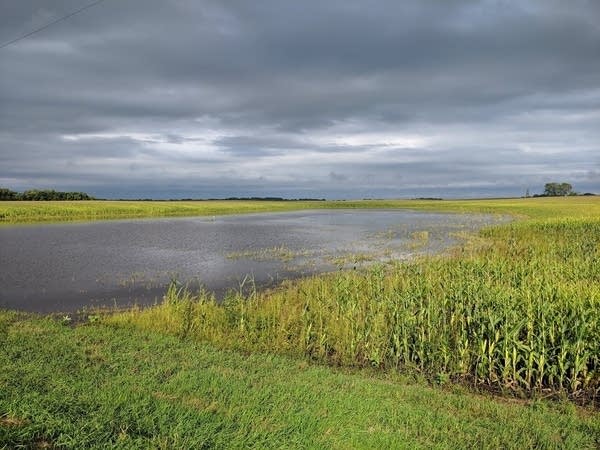Frequently flooded farmland costs taxpayers billions — so why are we still planting there?

Go Deeper.
Create an account or log in to save stories.
Like this?
Thanks for liking this story! We have added it to a list of your favorite stories.
A recent analysis by the Environmental Working Group found that Americans are paying billions of dollars to prop up farmers who plant frequently flooded fields.
In Iowa alone, there are 400,000 acres of active cropland situated on a two-year floodplain, meaning those fields are expected to flood every two years. And when they do, those farmers tap into the federal crop insurance program to pay for damages and lost revenue.
“Farmers face a lot of risk from weather and things beyond their control. And they provide a public good in ensuring a food supply,” said Georgina Gustin, who wrote about this for Inside Climate News. “And so the contract, essentially, that the public makes with farmers is that we will ensure that they are protected from that risk [through crop insurance].”
So how do we protect farmers, taxpayers and the environment? Gustin joined Climate Cast this week to talk about it.
Click play on the audio player above or subscribe to the Climate Cast podcast to hear more.
Turn Up Your Support
MPR News helps you turn down the noise and build shared understanding. Turn up your support for this public resource and keep trusted journalism accessible to all.



